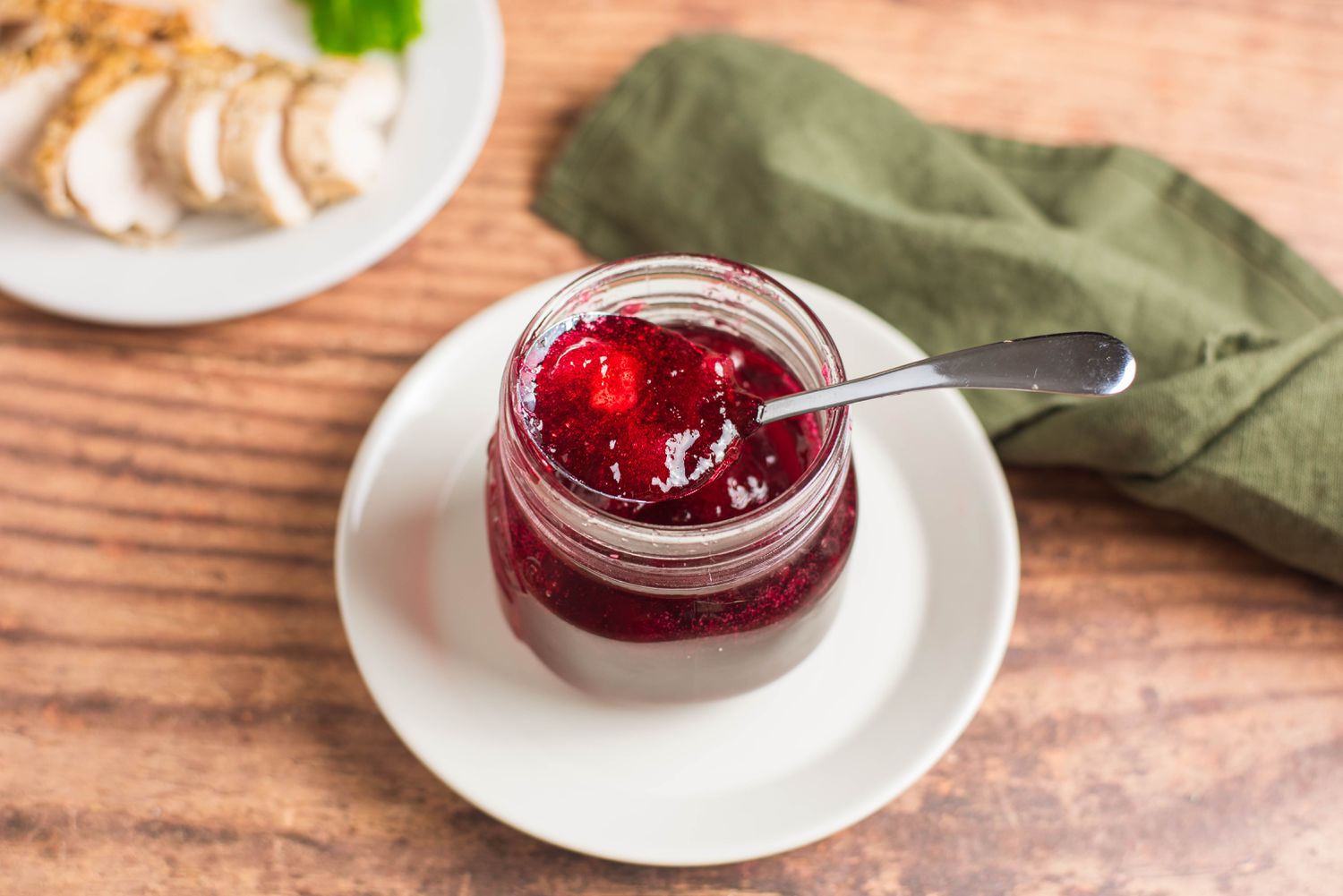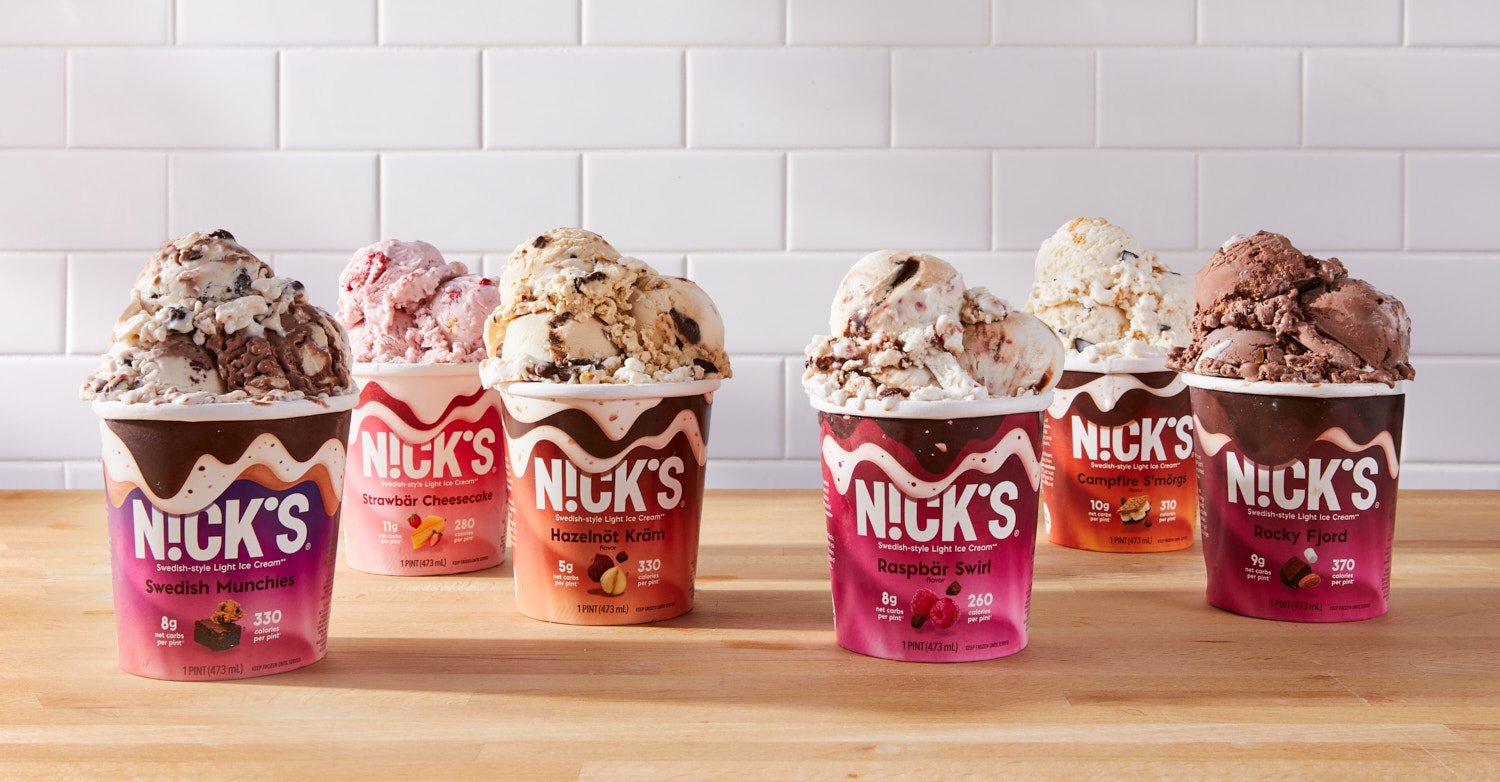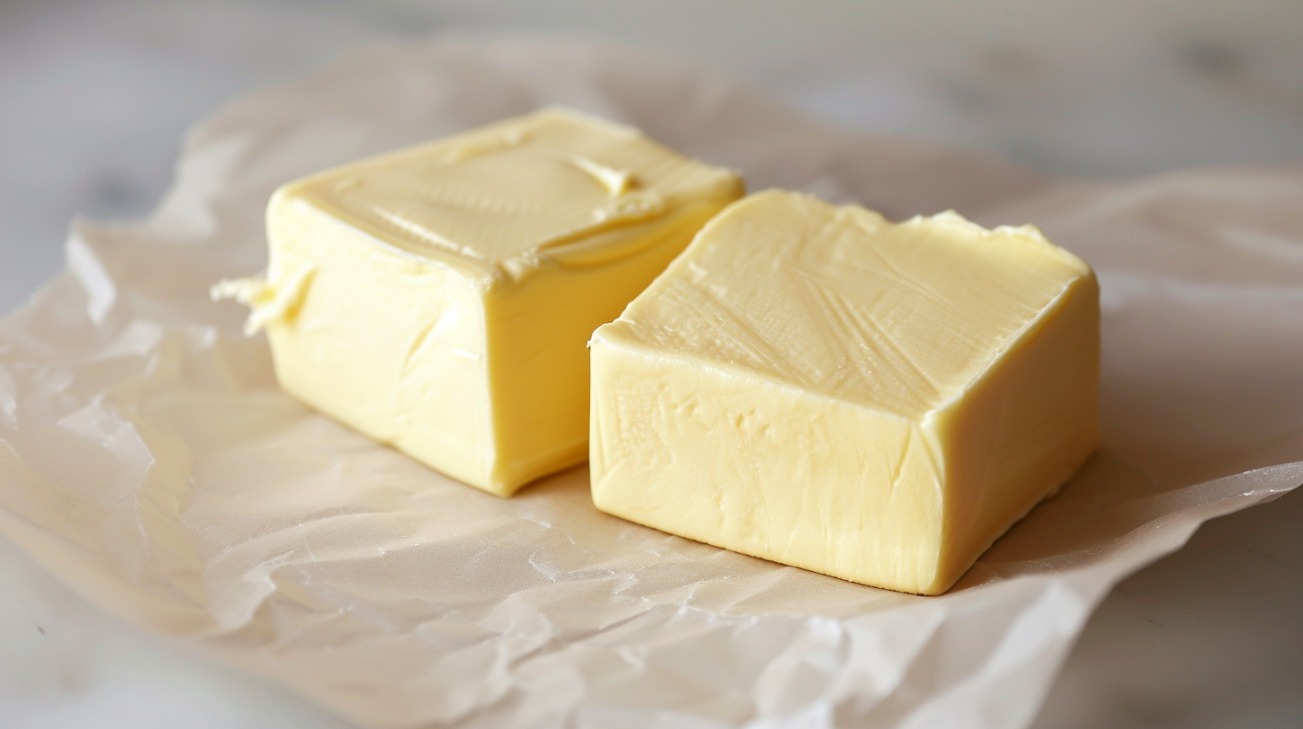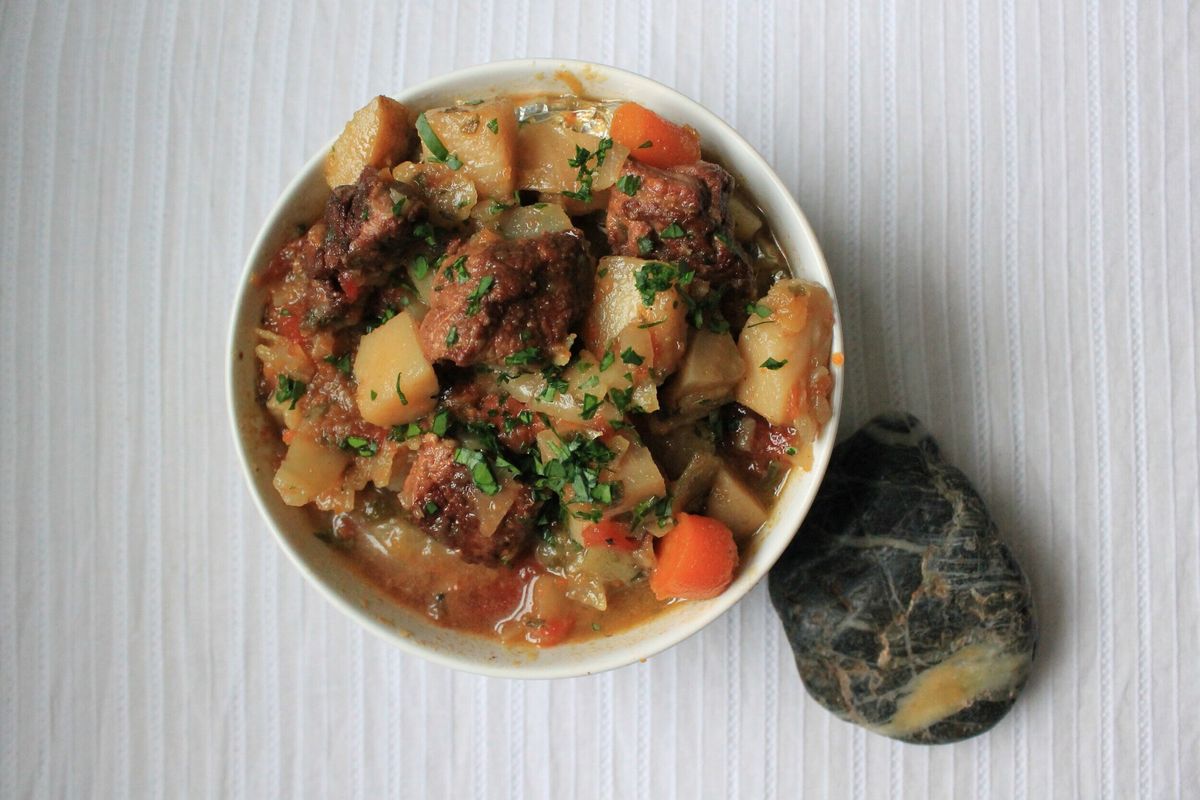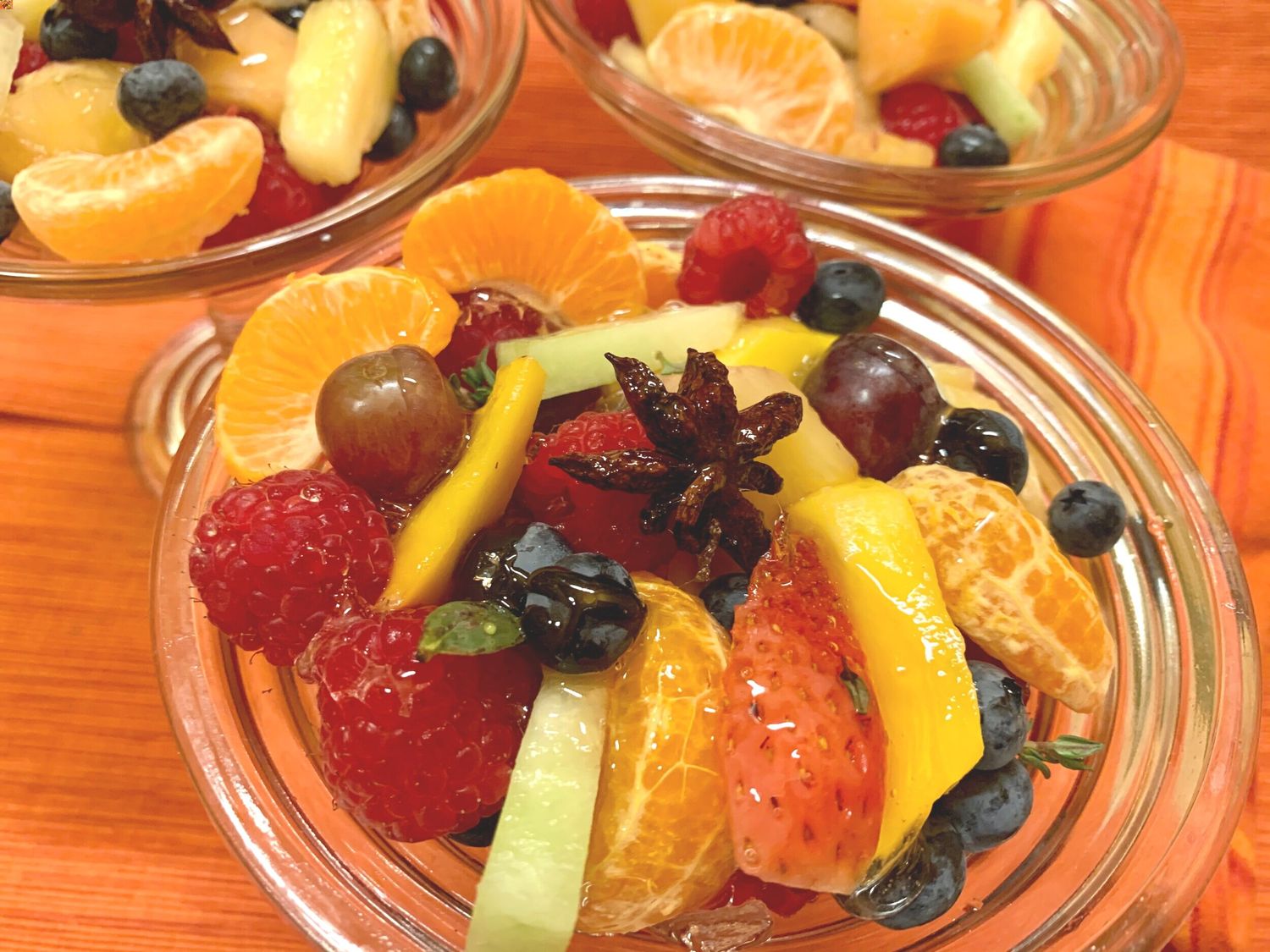When it comes to cheese, there are so many different types to choose from. From sharp cheddars to creamy bries, the options can be overwhelming. One popular category of cheese is soft cheese. But what exactly is a soft cheese, and what sets it apart from other types? Let's dive in and explore the wonderful world of soft cheese.
What Makes a Cheese "Soft"?
Soft cheese is a broad category that encompasses a variety of cheeses with one common characteristic: their soft, creamy texture. Unlike harder cheeses that are aged for longer periods, soft cheeses are typically younger and have a higher moisture content. This results in a smooth and spreadable texture that is perfect for pairing with crackers, fruits, and other accompaniments.
Common Types of Soft Cheese
There are numerous types of soft cheese, each with its own unique flavor profile and texture. Some popular examples include:
- Brie: A creamy, buttery cheese with a white, edible rind.
- Camembert: Similar to brie, camembert has a rich and earthy flavor with a velvety texture.
- Goat Cheese: Made from goat's milk, this cheese has a distinct tartness and can range from creamy to crumbly.
- Feta: A brined cheese with a crumbly texture and tangy flavor.
- Mozzarella: Known for its stretchy texture when melted, mozzarella is a versatile soft cheese often used in Italian cuisine.
- Ricotta: A fresh, mild cheese that is often used in both sweet and savory dishes.
How Soft Cheese is Made
The process of making soft cheese begins with curdling milk using rennet or an acidic substance such as lemon juice or vinegar. The curds are then cut, drained, and often molded into specific shapes. Unlike harder cheeses that undergo a pressing and aging process, soft cheeses are typically ready to eat shortly after they are made. This quick turnaround contributes to their fresh and mild flavor profiles.
Pairing and Serving Soft Cheese
Soft cheeses are incredibly versatile and can be enjoyed in a variety of ways. Here are some popular serving and pairing suggestions:
- Charcuterie Boards: Arrange a selection of soft cheeses alongside cured meats, fruits, nuts, and honey for a stunning charcuterie board.
- Sandwiches and Wraps: Spread soft cheese on bread or wraps for added creaminess and flavor.
- Salads: Crumble soft cheese over salads for a creamy and tangy element.
- Desserts: Use soft cheese in desserts such as cheesecakes, tarts, and pastries for a luscious finish.
Storing Soft Cheese
Proper storage is key to maintaining the quality of soft cheese. Here are some tips for storing and preserving your favorite soft cheeses:
- Refrigeration: Store soft cheese in the refrigerator in its original packaging or wrap it in wax paper or parchment paper.
- Airflow: Allow for some airflow around the cheese to prevent moisture buildup, which can lead to spoilage.
- Consumption: Soft cheeses are best enjoyed within a few days to a couple of weeks after purchase for optimal flavor and texture.
In Conclusion
Soft cheese is a delightful and versatile category of cheese that offers a wide range of flavors and textures. Whether enjoyed on its own or incorporated into a dish, soft cheese adds a creamy and indulgent element to any culinary experience. So, the next time you're perusing the cheese aisle, consider picking up a delectable soft cheese to elevate your next meal or gathering.
Was this page helpful?
Read Next: What Is The Meaning Of ‘Yaki’ In Japanese

